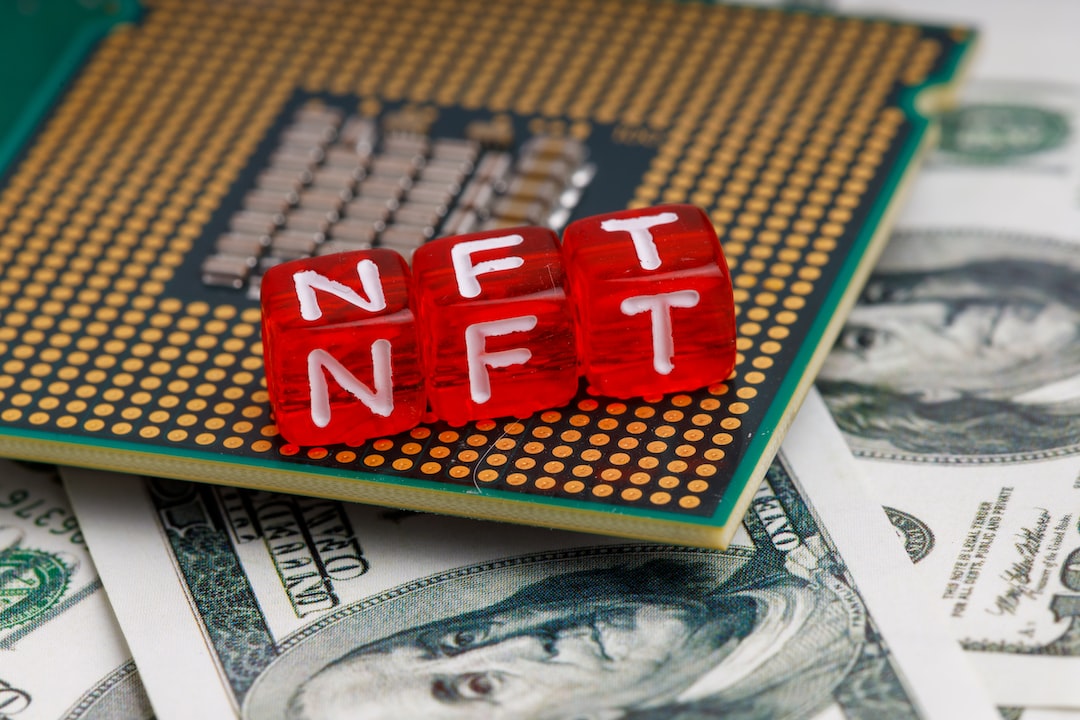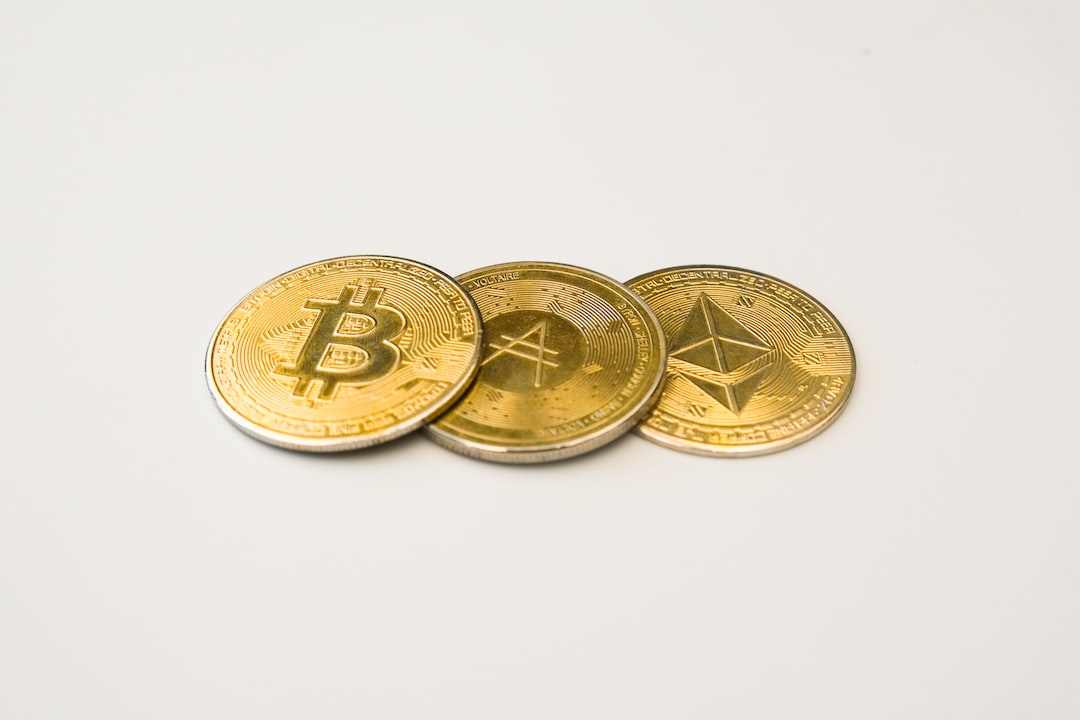The Scalability Problem and Rollups
Ethereum, one of the original smart contracts-enabled blockchains, is facing a scalability problem due to its limited capacity for processing transactions and data. Currently, Ethereum can handle approximately 15 transactions per second (TPS), which is no longer sufficient given the blockchain’s popularity.
How Rollups Solve the Problem
Rollups offer a solution to this issue by offloading part of the blockchain burden offchain while maintaining a connection with the parent chain (Ethereum). By processing transactions offchain and returning a simplified result to the parent chain, rollups achieve two goals: enabling more data to be posted on the chain by other rollups and allowing for faster and cheaper transaction processing. However, this comes with a tradeoff in terms of security and decentralization.
The Concept of Rollups
The term “rollups” comes from the compression techniques used by most rollups to consolidate a group of transactions and output only the necessary data to the main chain. While this may still constrain the parent chain if there is significant data output, it helps alleviate scalability issues through compression.
Benefits of Rollups
Ethereum co-founder Vitalik Buterin highlights some key benefits of using rollups. For example, an ERC20 token transfer on Ethereum’s base layer costs around 45,000 gas, while in a rollup, it takes up only 16 bytes of on-chain space and costs less than 300 gas. Additionally, migrating a mainnet smart contract to a rollup requires minimal changes.
Types of Rollups
Rollups can be classified into two main groups based on their approach to data validation: Optimistic and ZK-rollups.
Optimistic Rollups
Optimistic rollups assume that all transactions are valid and invite users to provide proof of fraud if they believe otherwise. In case of a dispute, a fraud-proof is weighed against the party that submitted the data, and the loser faces penalties in the form of slashed funds. Optimism, Arbitrum, and Base are examples of optimistic rollups.
ZK-rollups
ZK-rollups rely on cryptography proofs verified by a smart contract on the Ethereum network. These proofs are updated with each batch of transactions and can be easily verified compared to optimistic rollups. This makes ZK-rollups more cost-effective. Loopring and Zksync are examples of ZK-rollups.
A Rollup-Centric Roadmap for Ethereum
Ethereum’s scalability plans have shifted towards a rollup-centric approach called “danksharding.” This approach expands the main chain’s capacity to accommodate more data, allowing rollups to take advantage of the additional space. Proposed by Vitalik Buterin, this roadmap aims to turn Ethereum into “a single high-security execution shard that everyone processes, plus a scalable data availability layer.” Buterin estimates that if all protocols and transactions migrate to rollups, Ethereum could achieve around 3,000 TPS. With further improvements from EIP-4844 (proto-danksharding), which enables more data posting and establishes a separate fee market, Ethereum’s capacity could theoretically reach a maximum of around 100,000 TPS.
Hot Take: The Future of Scalability with Rollups
Rollups present a promising solution to Ethereum’s scalability problem by offloading processing offchain while maintaining connectivity with the parent chain. Although there are tradeoffs in terms of security and decentralization, the compression techniques used by rollups help alleviate the burden on the parent chain. With the implementation of rollup-centric approaches like “danksharding” and improvements like EIP-4844, Ethereum’s capacity could significantly increase, potentially reaching TPS numbers in the thousands or even hundreds of thousands. This scalability boost would enable Ethereum to handle a greater volume of transactions and support the growing demands of its user base.





 By
By
 By
By
 By
By
 By
By
 By
By